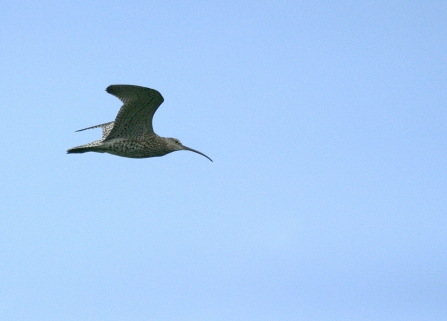
Darin Smith
It is not the only fire that we have had this year, there have been problems at Rivington and over the past decade Heysham Moss has been a target for arsonists.
Director of Conservation at the Wildlife Trust for Lancashire, Manchester and North Merseyside Tim Mitcham said: “The heat generated by the fires is devastating to the fragile upland moorland. Only the most mobile of animals escape and of course we are in peak breeding period for many - from curlew to ant. These animals are on the moors because they like the conditions they find there and ultimately depend upon the plants, many species depend upon specialist moorland plants like cotton-grass and heather.
“It will have devastating consequences on birds like the curlew which are feeding chicks at the moment. Meadow pipit also nest in tussocks of grass, nests and chicks will not have survived a fire like this.
“Mammals like the field vole will have perished. They will try to dig deep into the ground to escape the fire but then they will be starved of oxygen. This means predators like short-eared owl, kestrel and merlin will have no food on the burned-out moorland.”
